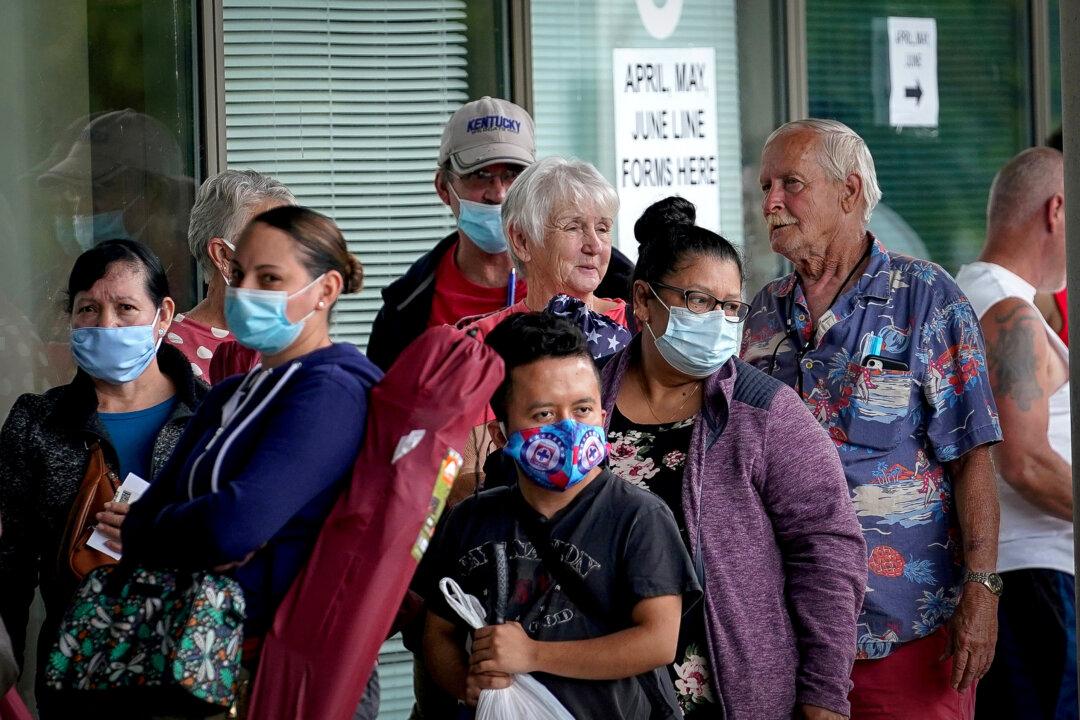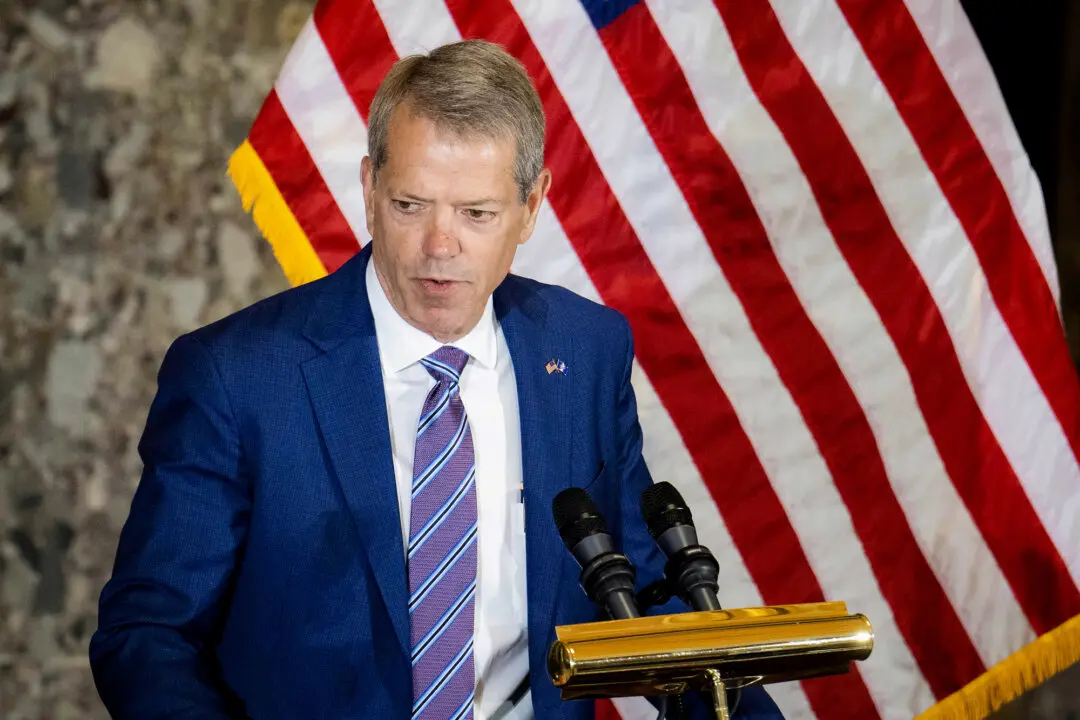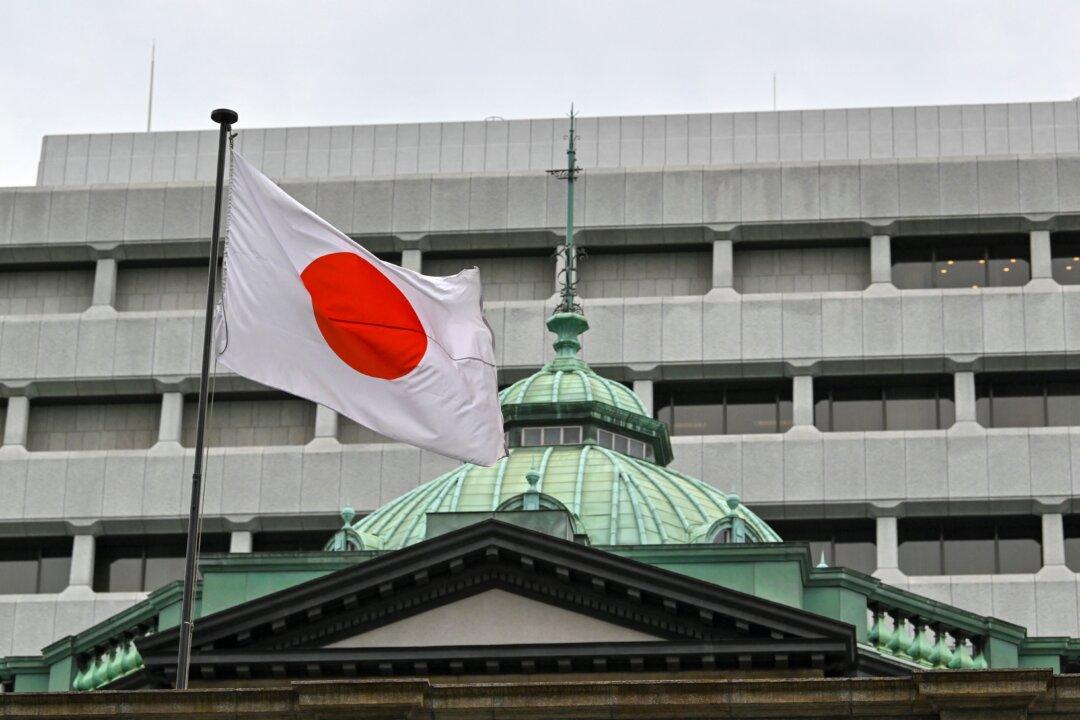Only three states in the union—all Republican-led—saw unemployment rates drop or remain unchanged between December 2019 and December 2020—South Dakota, Alaska, and Nebraska, according to a recent government report.
The Bureau of Labor Statistics, part of the U.S. Department of Labor, said in a report last week that over-the-year unemployment remained unchanged in Nebraska, fell by 0.3 percentage points in Alaska, and dropped by 0.4 percentage points in South Dakota—the state with the lowest unemployment rate in December 2020.





